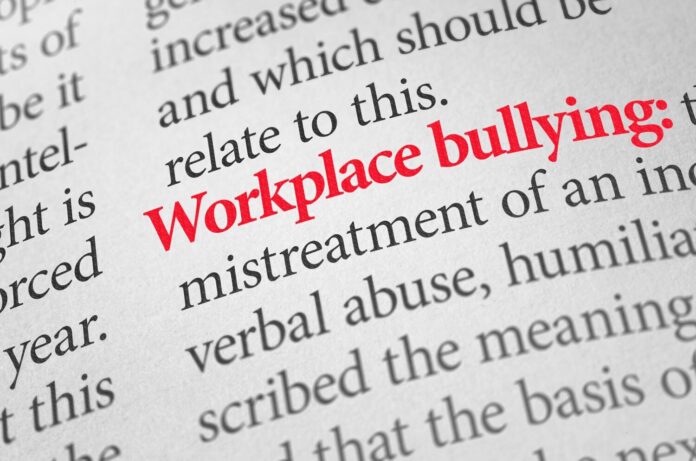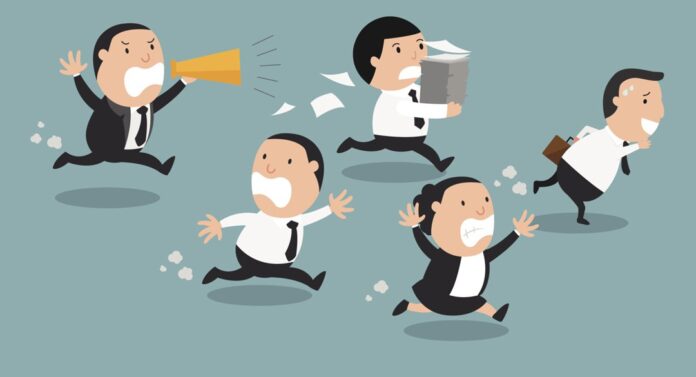Do you feel stressed out and unmotivated by a workplace bully? Harassment is a constant threat to thousands of workers around the globe, every day. It can cause stress, anxiety, and over long-term exposure can even cause medical conditions to develop. Nobody deserves to go to work and experience the kind of harassment that causes these symptoms. That’s why it is important that we deal with workplace bullies as they arise. Tackling the threat leads to a better work – life balance for those involved. The best way to tackle the threat is to follow workplace protocol until you exhaust it, and then go the legal route.
What Should You Do When You Experience or See Workplace Bullying?
The first step to tackling workplace bullying effectively is to report it every time you see or experience it. Your employer has a duty of care to provide a safe workspace for you. If your employer does not take your complaint seriously, start to document incidents as they occur. Keep a journal of events and record what you can using your phone. Never do anything that puts you in overt danger, of course, but try to build a record of events that will help the victim build a case.
Be sure to use any anonymous reporting schemes that your employers have in place to help with these types of situations. You should examine your company’s policy for handling bullying too. This may set out clear guidelines as to what they expect from you.
When you report incidents of bullying, your employer should hold a meeting, investigate the accusations, and potentially punish the perpetrator. If this does not happen, you can escalate your issues higher up the workplace food chain. Stopping workplace bullying is difficult because your employer may resent you for going above their heads. However, the only other option you have is to pursue the matter legally. Exhaust all other options first.

When you Experience Workplace Bullying:
- See it.
- Report it.
- Resolve it.
- No resolution? Escalate it to a higher level of management.
- No resolution? Pursue a lawsuit.
The Legal Way to Deal With a Workplace Bully
If you wish to pursue the legal route to gain justice for your wrongful termination, you are well within your rights to do so. Here are the steps to take should you wish to deal with your workplace bully via the legal route.
1 – Hiring Specialist Representation
If none of your employers or managers resolves your situation, you may pursue legal action. To do this, you will need the specialist services of a workplace discrimination lawyer. You can hire a specialist to represent you for the following processes, or you can evidence gather and speak to the Equal Employment Opportunities Commission on your own. A lawyer is always a good idea since your employer will have at least one in place already.
2 – Gather Evidence
Your discrimination lawyer will help you gather evidence such as your journal and any recordings you have, which will back up your case. It is unlikely that you can prosecute for isolated incidents, so keep notes as they arise. If you cannot write a journal, try entering notes on your digital calendar instead.

3 – Complaining to the EEOC
Next, your lawyer will collate this information for you to raise an action with the EEOC (Equal Employment Opportunity Commission). When you raise this complaint, the federal government takes an interest in what you are claiming. They will investigate on their own. Your employer won’t like it, but it may get to the bottom of the situation. If the EEOC finds your employer falling short of the regulations, they will likely prosecute or fine them.
4 – Filing the Lawsuit
If there is still no resolution after the EEOC or even if the case takes years to process, your lawyer can guide you through making a claim for compensation either against the bully or against the workplace which allowed the bullying to continue. In either instance, you will work closely with your lawyer to build a file which they will present to a judge on your behalf. The judge will look at the evidence and decide who is to blame and for what.
After the judge decides who is at fault, both party’s lawyers will come together to discuss a settlement deal. They may then offer a settlement fee. You can accept this or pursue the matter through the court system. Most compensation claims end at the settlement stage because it is pricey to go to court.
5 – After Resolution
Keep in mind that you may even file a lawsuit if the situation is resolved. For example, if you endured years of discriminatory abuse within the workplace and finally sought justice for it. In this instance, you might hold your employer or the bully themselves responsible for owing you compensation for the damage they did to your health and wellbeing, long-term.
Remember that the statute of limitations, which prevents the prosecution from presenting historic cases, will kick in. This time limit begins from the moment the discrimination began and continues for a limited period afterwards. Although the statue changes from state to state, it is typically around the 2- or 3-year mark. After this period runs out, you might not be able to launch a claim.
6 – Employer Retaliation
If you do choose to, you may continue to work at your workplace, being wary of employer retaliation for your actions. If your employer chooses to punish you, such as with demotion or through harassment, you can seek further legal advice. You may be able to sue them for wrongful termination should they persist. Or to prove that they are breaking the regulations once again. This could see them with hefty fines or even cease and desist orders.

Unsure if You Have a Case?
You may be unsure if you have a case, particularly if you and your employer have an at-will work agreement. If they retaliate but do not sack you on the grounds of the same discrimination, you may have limited options. Speak to a workplace discrimination lawyer today to find out.









